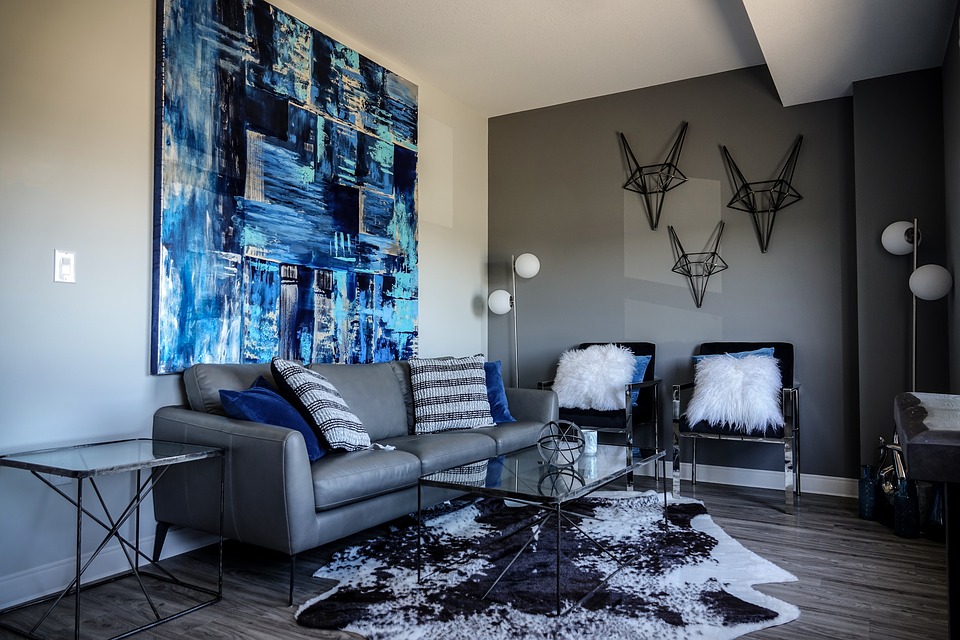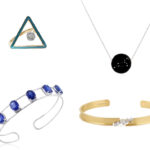Vastushastra, or Vastu, is the ancient spatial science that leverages the best of work and residential spaces and has been one of the core Vedic sciences, like Ayurveda.
Over the years, however, after a brief period of being shrouded in superstition, Vastu has struggled and made its presence felt like an essential and efficient science for the positive spatial arrangement for homes and offices. Since the last few years, people have again come to value Vastu and have been seeking its remedial powers to build a happy and successful life! The process, though, is not an easy one and with so much of hidden knowledge at hand, the field of Vastu Shastra remains riddled with several misconceptions. Dr. Raviraj Ahirrao lists down 5 common myths and the truth behind those myths:
MYTH 1: LIVING ROOM, MASTER BEDROOM, AND CHILDREN’S ROOMS CAN HAVE GENERIC LIGHT COLOURS.
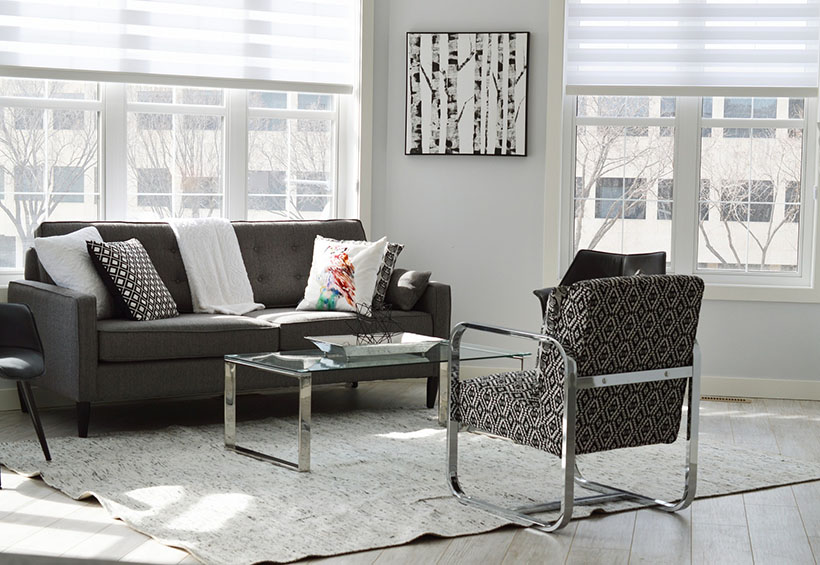
FACT: Like everything else in Vastu, the direction of the room is of the utmost importance when choosing a colour. I would like to highlight here that most people lack the basic understanding of how to detect the direction of the room, which is the most vital and preliminary step of Vastu. People normally say the entrance is ‘facing’ North-east or is ‘Facing out’ to South West. This is incorrect. The accurate measurement or detection of spatial placement should be made with a compass, from the centre point of the house. This is irrespective of where the person holding the compass is facing. From the centre point of the house, the 8 primary directions should be determined and all further Vastu placements should be determined based on this.
The direction and colour preference for Living Room can be understood as below:
FOR LIVING ROOM:
North or North-East: Exclusively blue colour
North West: Blue, Grey, White and even Black
East: Green
MASTER BEDROOM:
South West: peach colour preferably, but can also do pink and grey
South: Exclusively Red colour
West: Silver, Dark Blue, Black
CHILDREN’S ROOM:
North West: Blue
MYTH 2: BEDROOMS ARE ASSIGNED AS PER SENIORITY OF THE HOUSEHOLD, WITH THE SENIOR-MOST PERSON USING THE MASTER BEDROOM DECISION-MAKING HEAD OF THE FAMILY.
FACT: The master bedroom, preferably positioned in the South West Direction of the house, is a seat of leadership. Hence the functional head of the family, who may or may not be the senior-most member of the family, should be assigned the master bedroom. Thus, if the father is retired, he should hand over the South West Master Bedroom to the eldest son as he would then make a successful functional head of the family. The father, as a retired person, should move to a bedroom in North East which can lead them towards spirituality.
MYTH 3: MIRROR SHOULD NOT BE PLACED OPPOSITE THE BED AND ALSO THAT MIRRORS CAN BE USED FOR CORRECTING VASTU DEFECTS IN THE HOUSE

FACT: A mirror in the bedroom should be placed such that while sleeping, the body should not be reflected in the mirror. That means any direction from where the body is reflected, should be avoided. Also, Mirrors should not be used to remedy Vastu defects as it is an extremely complex and controversial procedure with very little efficacy, even if it is done RIGHT.
MYTH 4: PLACING LORD GANESHA IN THE HOUSE IS AUSPICIOUS.
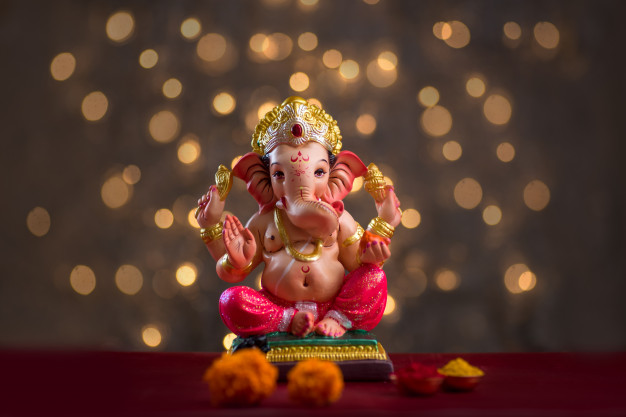
FACT: Lord Ganesha is a revered deity and is worshipped by people across the country. Known to ward of obstacles and to grant wishes and also for auspicious beginnings, it is common practice to place a Ganesha idol in the house. However, it is important to pay attention to the direction of the trunk of the Ganesha idol. The Ganesha with his trunk turned leftwards is widely worshipped in the northern part of the country and is most commonly seen in homes while the Ganesha with his trunk turned towards the right is seen mostly in temples, especially in the Southern part of the country. When placing an idol at home, the Ganesha with the trunk turned left should be preferred as it is said to bring peace and prosperity. The Ganesha with the trunk in the right direction is called the Siddhi Ganesha, the giver of high spiritual powers and also demands stringent norms and rituals to be followed if placed in the home for worship. In a normal household leading a materialistic lifestyle, a Ganesha with the trunk turned to the left should be worshipped instead of the one with the trunk in the right – Kind of pictures to be kept in the house – we should avoid keeping pictures of fights, people feeling low, etc.
MYTH 5: PICTURES FROM MYTHOLOGY OR PICTURES OF NATURE CAN BE PUT ANYWHERE IN THE HOUSE.
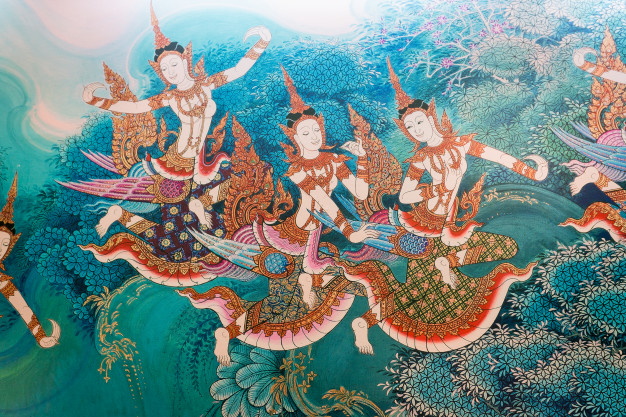
FACT: As a general Vastu rule, any images depicting violence, disaster, or cruelty should be avoided. Even in the case of mythological pictures, images of war from the epic Mahabharata, for example, should be avoided, even if they are from a revered text. An image of Arjuna bowing to Krishna while listening to the Gita is a favoured picture, another one with Arjun drawing the arrow and ready for war, is not advisable. Similarly, pictures of volcanoes, or tsunami or a shipwreck in a storm etc., should be avoided.
However, there can be direction-specific images that can be used to enhance positive Vastu of the room. For example, Water-based pictures can be placed in the North-East part of the house, Fire oriented pictures can be in the South East, Heavy Objects, like elephants or mountains, etc. can be placed in South-West direction, and air-related images, depicting motion, can be placed in the North West direction of the room.
While the Vastu myths clarified above are in principal accurate, the science of spatial energy remains a complicated and dynamic one, with guidance from an expert being advisable. However, when leverage effectively, Vastushastra can be a wonderful tool to enhance the lives of people across the globe.

Disclaimer: This article is authored by Dr Raviraj Ahirrao, Co-founder, VastuRaviraj. The views and opinions expressed in this article are those of the author’s and do not represent those of PEAKLIFE.

